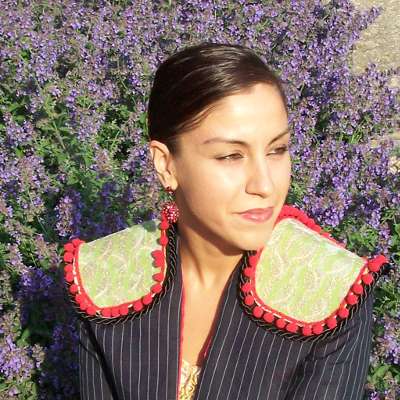This year's London Flamenco Festival, organized by the Sadler's Wells Theatre, welcomes some of the best Flamenco dancers and artists today. The fortnight long event will see a series of performances representing various approaches to the art form. The intricacies of Flamenco's multi-layered nature can be daunting. For a deeper understanding and appreciation, a brief account of this sophisticated art form and its complex – and often debated – history could be useful.
While Flamenco has only been documented for about 200 years, the stories, legends and oral accounts passed on from one generation to the next reveal a much older and more colorful tradition.
Flamenco is deeply rooted in the collective memory of Andalusia, Spain, where the culture, people, and the land were the incubator of the art form. A melting pot of cultures and peoples from various backgrounds, co-existing in a vibrant setting, influenced Flamenco organically. The art form has origins in the Jewish, Moorish, Spanish and Roma communities of Andalusia, which have all added to the character of Flamenco dancing.
Perhaps the biggest piece in the mosaic of Flamenco is that of the Roma community. Hailing from Northern India, the Roma people began their journey towards the West more than a thousand years ago. Throughout their journey, they have always been marginalized and seen as a threat to mainstream society in the various locations they have settled. Ironically, they have traditionally been applauded for their brilliant artistry as dancers, musicians and performers. This reality that exists off stage has affected what happens on stage. The temperament and timbre of Flamenco is a direct reflection of the strain and tension that the Roma community has historically experienced.
Flamenco is a dialogue that takes place between four pillars: Cante (song), Toque (Guitar), Baile (Dance) and Jaleo (clapping and extra percussive elements). Today, when we think of Flamenco, dance is the first thing that comes to mind, but the hierarchy which exists within the art form dictates that Cante is the most important, and the other elements follow. During the Cafe Cantantes period (1847–1920) saloon-like spaces housed Flamenco performances, marking the appearance of Flamenco in public arenas. This led to a shift in the hierarchy, making Baile the focal point of Flamenco. This period, in which the art form gained exposure, reaching out to various audiences throughout Spain, eventually became known as the Golden Age of Flamenco.
The influence of Andalusian folk dances also started infiltrating Flamenco, resulting in a fresh dance form, similar to the Flamenco we see on stage today. Afterwards, the Opera Flamenco period (1920's–1950's) brought Flamenco to bull fighting arenas and larger theaters. The decadence of the Golden Age was replaced by the grandeur of these larger settings, and so Flamenco experienced yet another transformation. During the Franco Regime, Flamenco was no longer exclusive to Spain and made its way to the international market. It was during this period when more Flamenco artists started traveling, performing and teaching abroad regularly. By the 1960's, Flamenco was already an international phenomenon, fascinating and capturing masses around the world. The last 40 years have been magical for Flamenco, with many artists, aficionados, fans and students influencing and shaping the art form.


